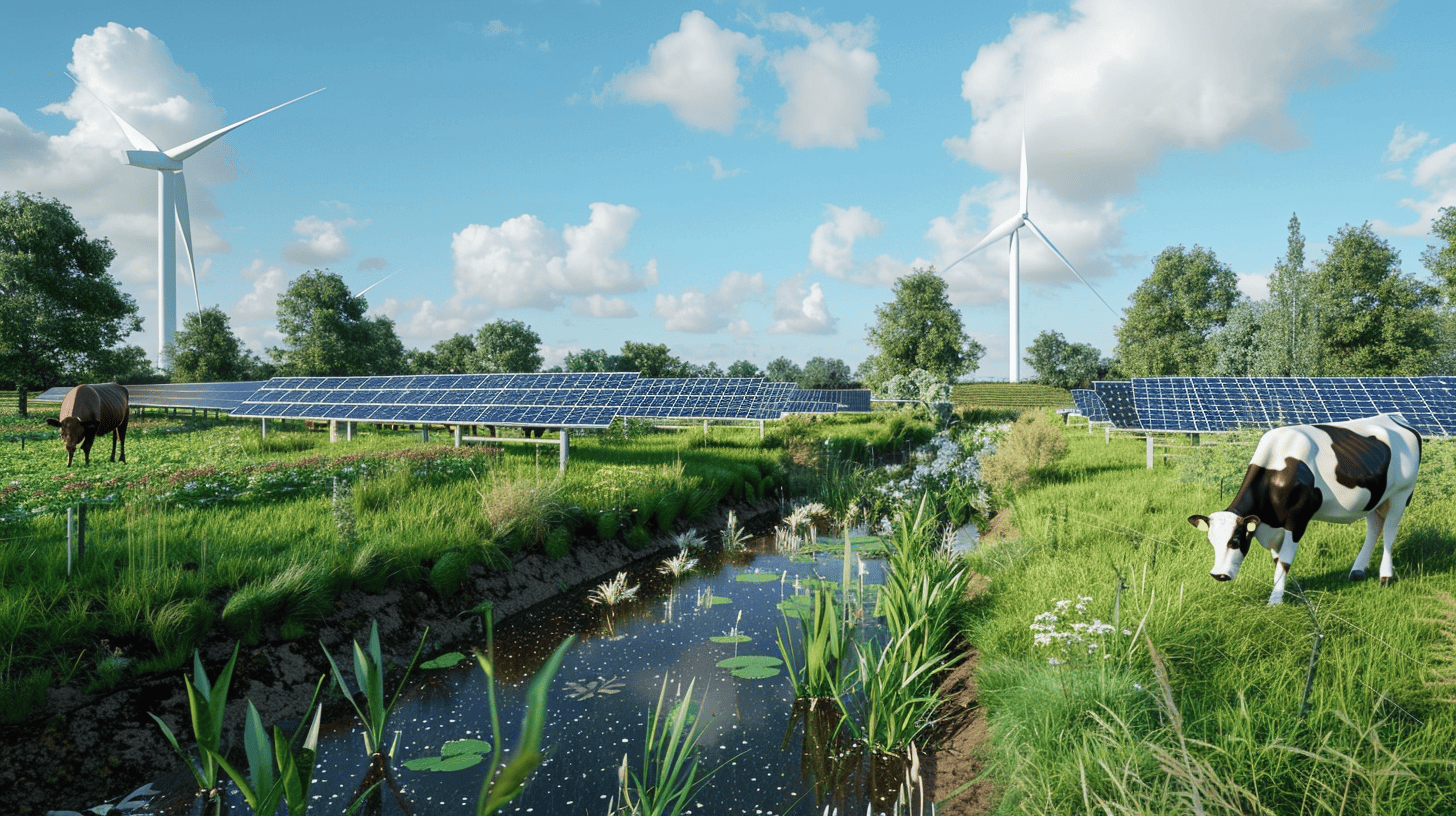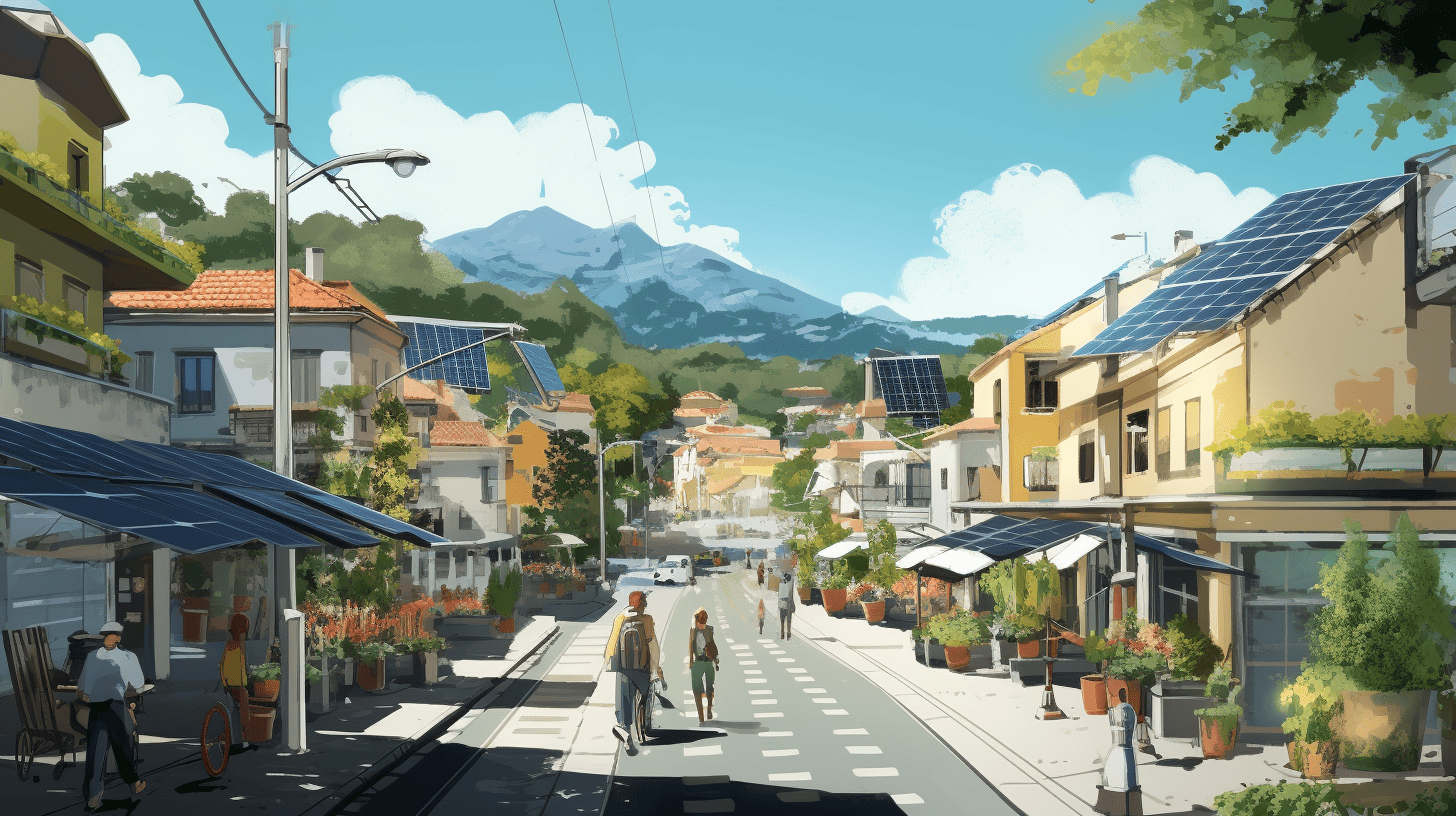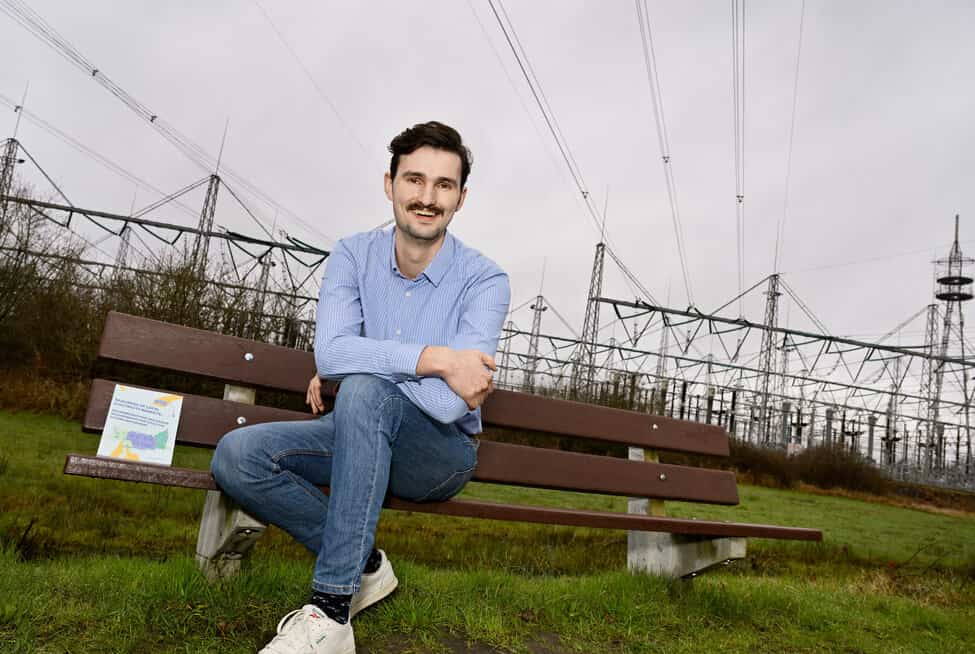
Solar and wind power are part and parcel of a sustainable energy system. At the same time, we are struggling with an overloaded power grid, so these renewable sources are not always being used efficiently. Which is why (farming) companies and the Province of Groningen have started the H2-Agri pilot project aimed at producing green hydrogen from electricity generated by farmers. “The goal is to eventually make freight traffic, inland shipping, small factories, but also their own operations sustainable,” says project manager Eric Hadderingh, director of the Netherlands Hydrogen Society (NWM).
In today’s energy market, energy storage and conversion are becoming increasingly important. The congested power grid is becoming more and more of a problem. Feeding energy back into the grid is not always possible, with all of the ensuing consequences. Wind turbines are forced to shut down and solar panels are switched off. Converting green electricity that is generated into hydrogen offers a solution.
A hydrogen network of our own
Groningen farmers and other parties have joined forces to build their own hydrogen network and have since started working on the H2-Agri project. The goal is to have the first farm-based hydrogen production in Groningen up and running by 2023. Around 14 farmers are on the list of locations to be considered. In addition to the initiator NWM and farmers such as dairy farmers and arable farmers, the Province of Groningen, FrieslandCampina, Rabobank, and XINTC Global among others have joined H2-Agri. Enexis Netbeheer also announced last week that it was getting on board. For the Province of Groningen, the project fits in well with the other hydrogen projects already underway in the province. The water ecosystem in Groningen is also known as the ‘Hydrogen Valley.’
“On farmland in the countryside, there’s plenty of room to generate renewable energy,” Hadderingh explains. “Farmers often have their own wind turbines and solar panels. Together with them and the other parties, we are making sure that we can produce green hydrogen and use it to ultimately drive CO₂ emissions down.” A further bonus the pilot project offers is that farmers in Groningen are able to earn an additional source of income.

Applications
Hydrogen generated in Groningen will be used, among other things, for the trucks of the Dutch dairy company FrieslandCampina, but also for agricultural vehicles on their own property. The pilot project also gives parties the opportunity to discover whether hydrogen has potential for the supply chain, such as for sustainably produced glass.
An exciting time
Before hydrogen production is set to start in 2024, the project still has a number of challenges ahead. “A lot still needs to be figured out. We have to set up the entire chain,” Hadderingh adds. “Think about reaching agreements and arranging permits. We also still have to research how many kilograms of hydrogen we expect to eventually produce. So all in all, it is shaping up to be an exciting and instructive time.”
National politics
The pilot project, according to Hadderingh, serves as an example for the rest of the Netherlands on how to utilize green hydrogen more often in medium-sized companies. So far, national politics has focused mainly on its usage in heavy industry, the NWM director notes. “Agricultural machinery, such as milk trucks, use thousands of liters of diesel. They are too heavy for electric drives. So for many dairy farmers in the Netherlands, green hydrogen can offer a great solution. But governments then have to provide support, for instance in the form of subsidies. It is also important to speed up the permit process.”
We need that momentum to achieve the most important goal in the Climate Agreement, which is to halve CO₂ emissions by 2030 compared to those of 1990. “2030 is closer than we think. If we speed things up now, eventually everyone who needs it can use green hydrogen.”







